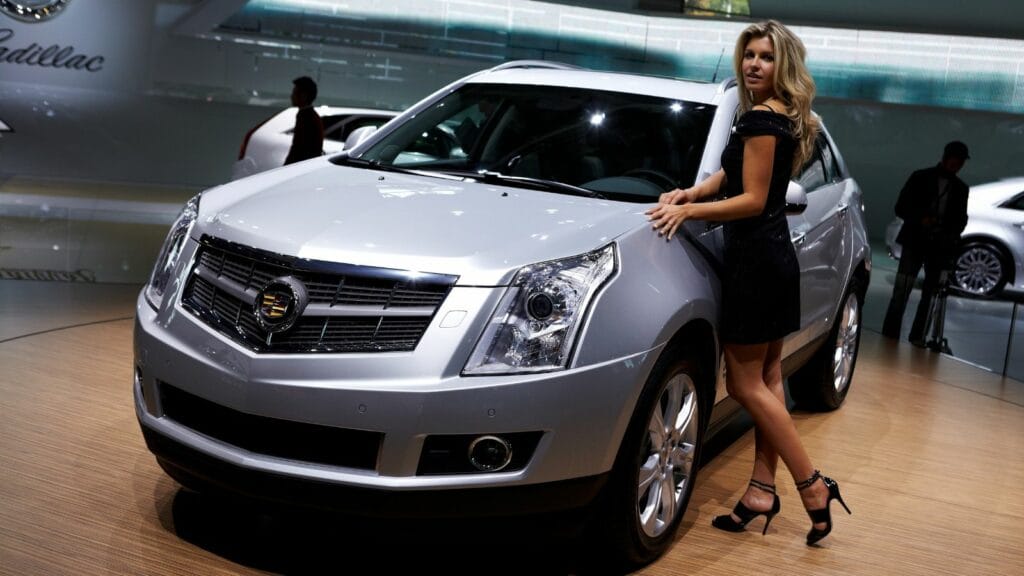Not all vehicles sold in Canada are created equal. Some have engine designs that suffer from chronic reliability issues, expensive repair bills, or a history of catastrophic failures. While many of these cars may look tempting on the used market, their mechanical track record tells a different story. Harsh winters, long commutes, and high repair costs only make these problems worse for Canadian buyers.
Dodge Journey (2009–2020)
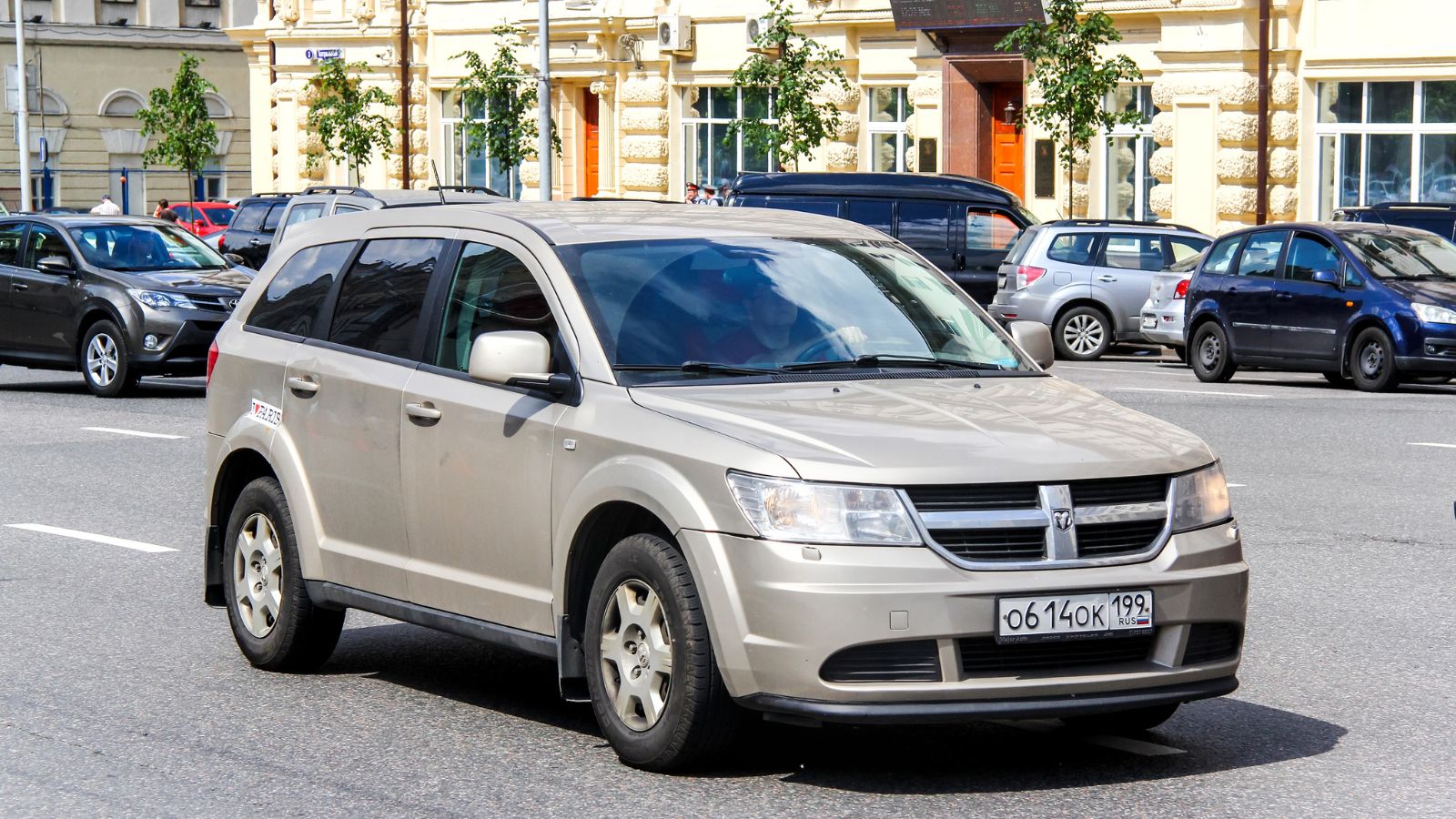
The Dodge Journey’s 2.4L four-cylinder and optional 3.6L V6 both face longevity concerns. Cooling system failures and oil sludge buildup can take out an engine before it reaches 200,000 kilometers. The heavier weight of the SUV strains the powerplants, especially in cold Canadian conditions where oil thickens on startup. Even budget-conscious families often end up with repair bills that outweigh the value of the vehicle.
Chevrolet Equinox (2010–2017)
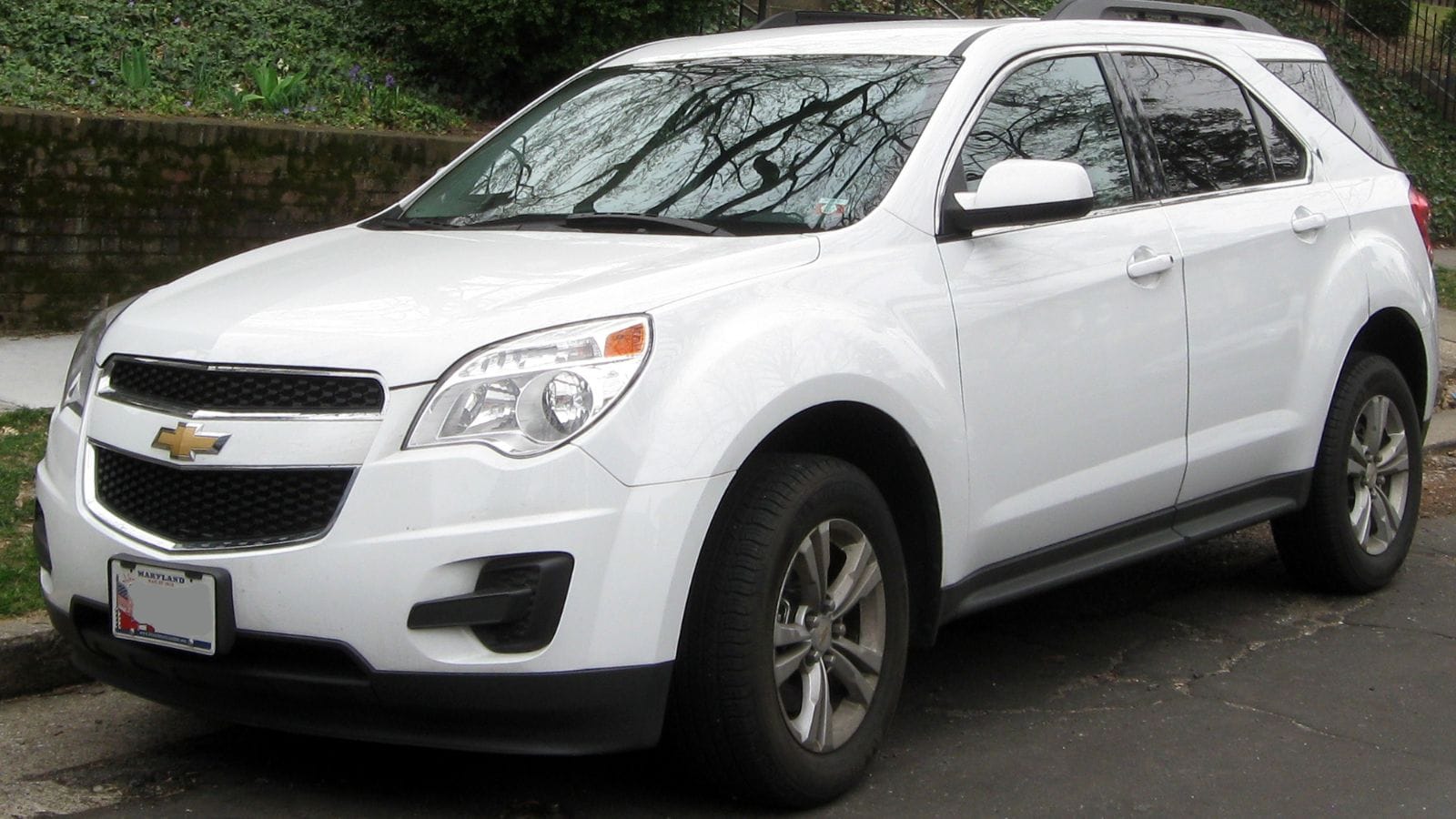
Second-generation Equinox models with the 2.4L Ecotec engine are infamous for excessive oil consumption, sometimes needing top-ups every 1,000 kilometers. GM’s design flaw in the piston rings was the main culprit. In the Canadian market, many examples have been driven for long distances with low oil, resulting in timing chain failures and damaged bearings that require full engine replacements.
Chrysler 200 (2011–2014)
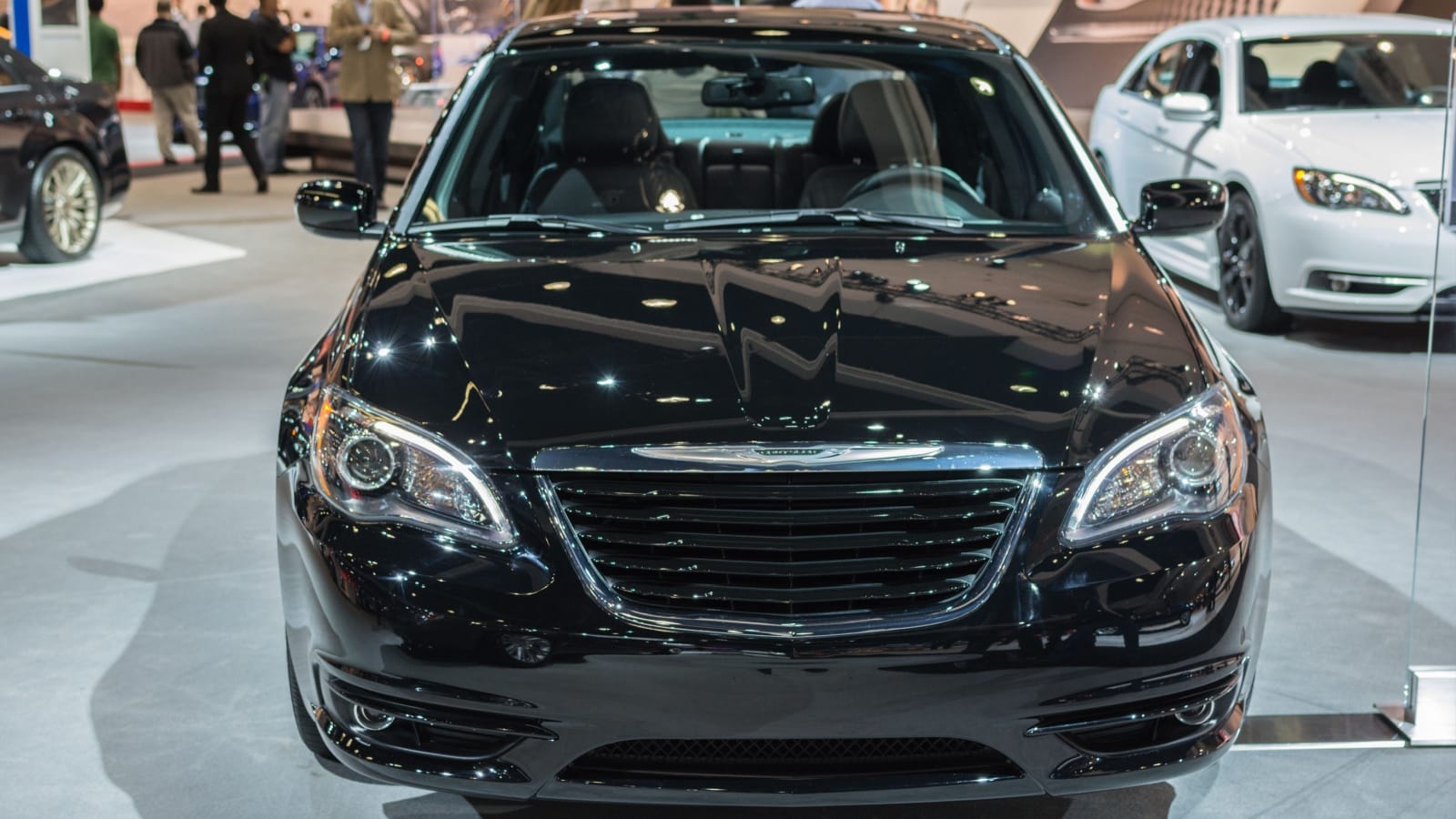
The 2.4L World Engine in the Chrysler 200 is known for piston ring wear, head gasket problems, and loud ticking sounds that can indicate deeper mechanical issues. In Canada, short trips and cold starts increase wear on these engines. While the Chrysler 200 looks like an affordable mid-size sedan, the cost of repairing these engine failures can exceed the car’s resale value, making it a money pit.
Ford Escape (2013–2019)
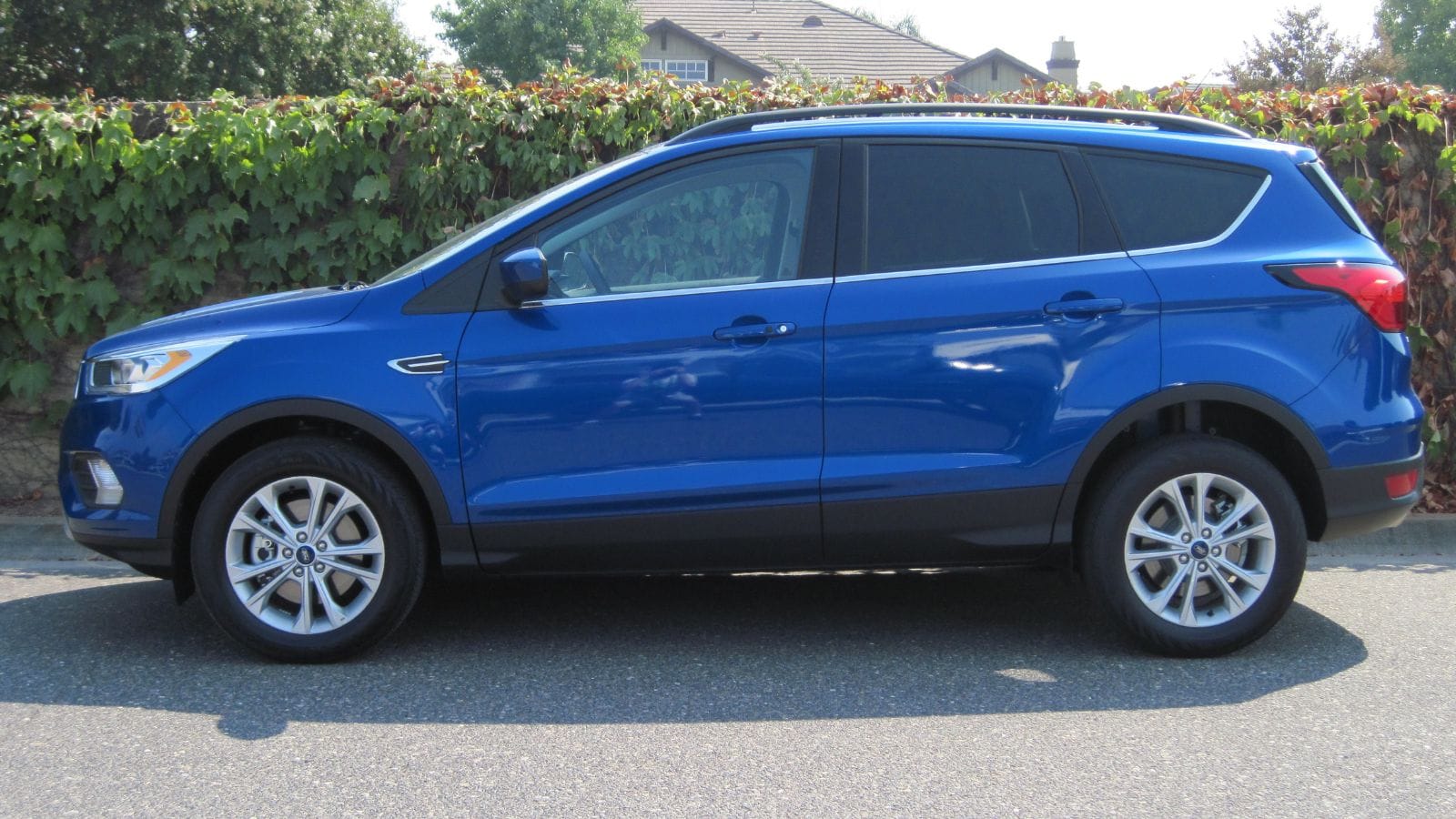
The 1.6L EcoBoost engine offered in some Ford Escapes is particularly problematic, with coolant leaks leading to overheating and warped cylinder heads. Even after recall work, many owners report repeat issues. Turbocharger problems are also more common in Canadian climates due to rapid temperature fluctuations in winter. Considering these Escapes are often used for long commutes, the reliability record is poor.
Hyundai Sonata (2011–2014)
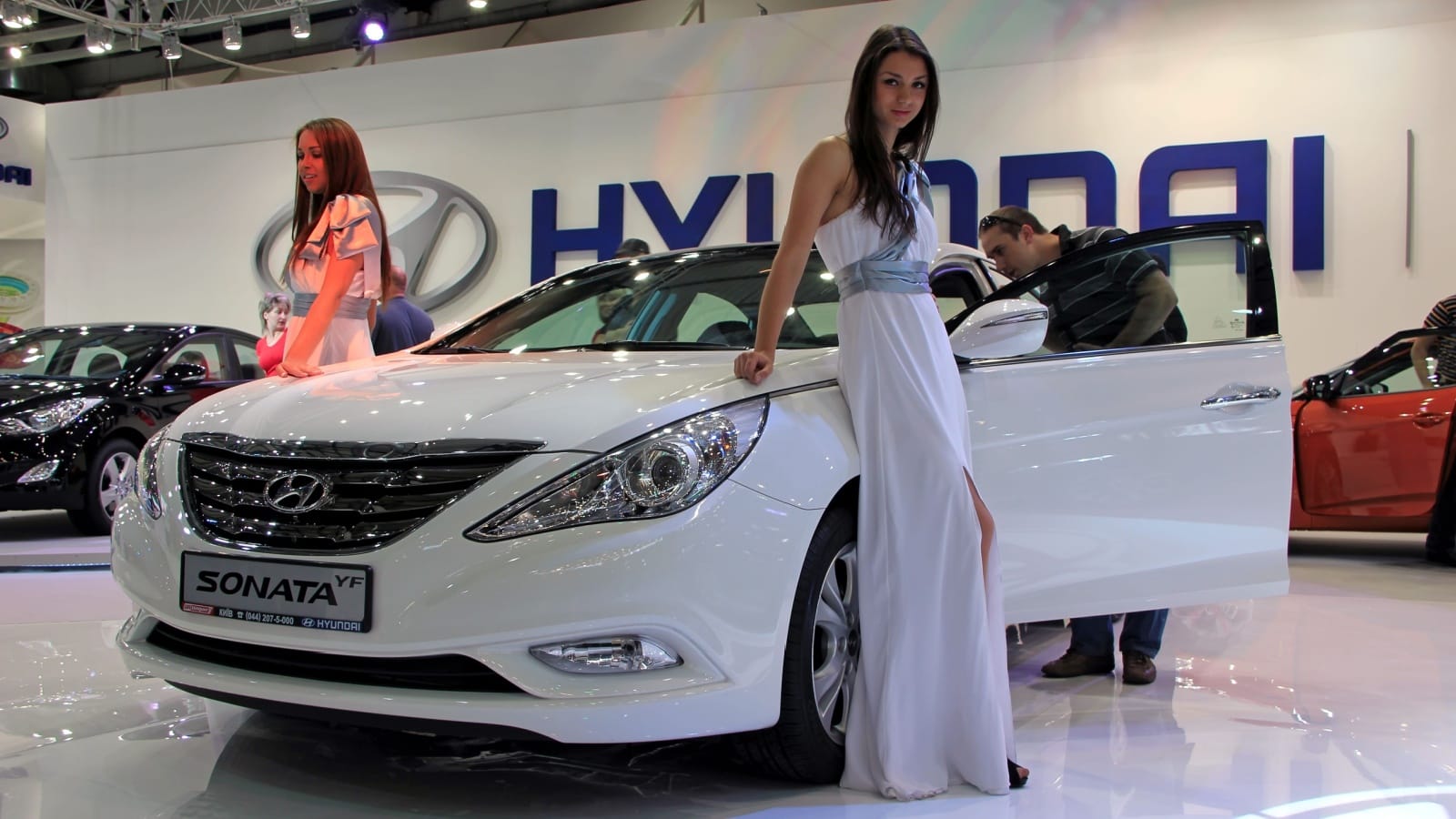
The 2.4L and 2.0T Theta II engines in these Sonatas were subject to one of the largest recalls in North American history. Metal debris left in the engines during manufacturing causes oil starvation and bearing failure. In Canada, many Sonatas remain on the used market without proof of recall repairs, and replacing an entire engine can cost more than the car’s value.
Kia Sorento (2012–2015)

Like the Sonata, the Sorento suffers from the same Theta II engine issues. The SUV’s heavier body means more engine strain, especially when towing or driving in mountainous regions. Canadian owners in rural areas may face extra delays for parts and service, making breakdowns even more disruptive.
Jeep Patriot (2007–2017)
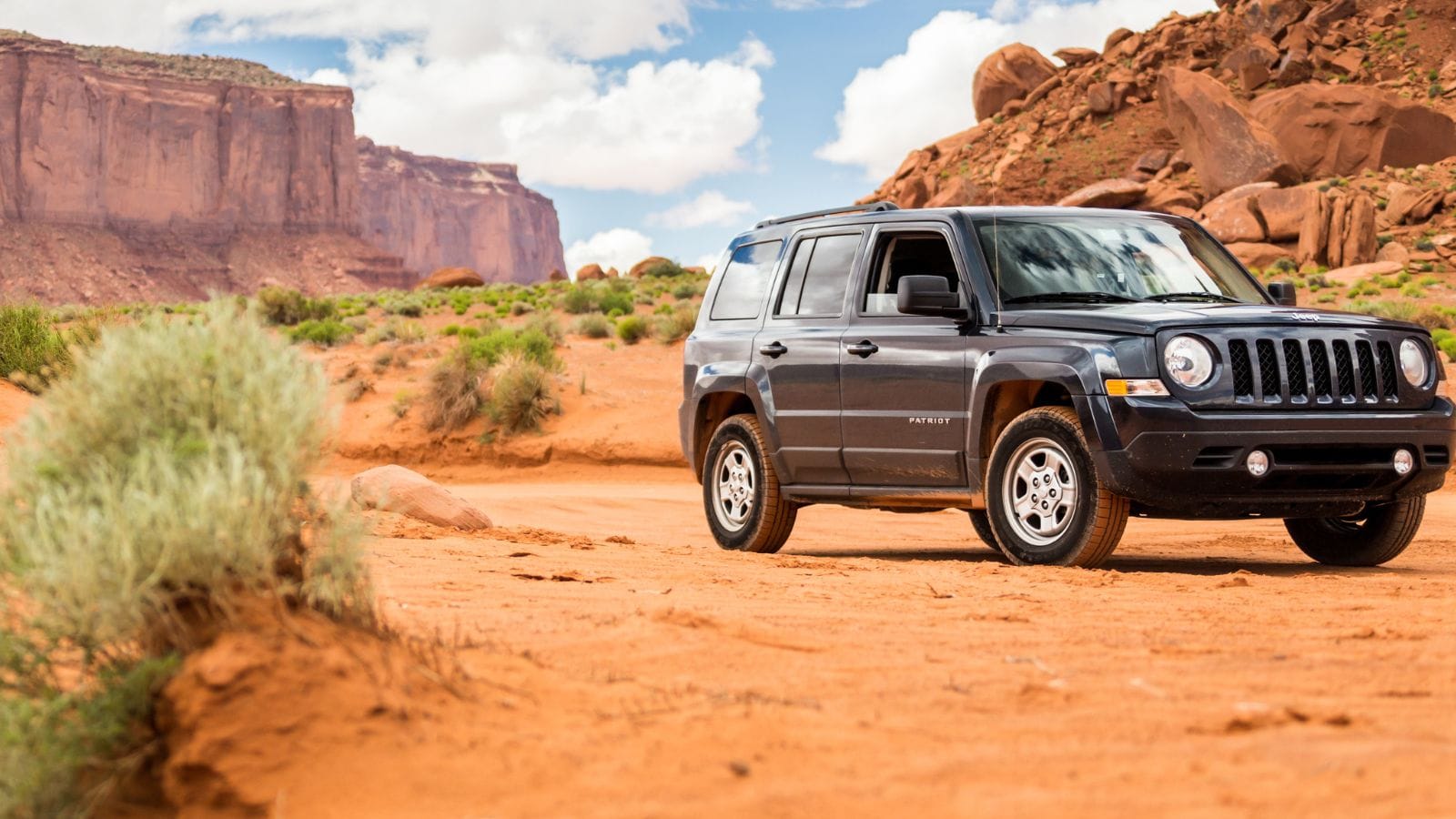
The 2.4L World Engine in the Patriot shares the same head gasket and oil consumption problems as other Chrysler products. The combination of all-wheel drive and heavy winter use in Canada accelerates wear. Many used Patriots for sale are in need of significant engine work, and buyers often underestimate the cost of boxer-style engine repairs.
Subaru Impreza (2008–2011)
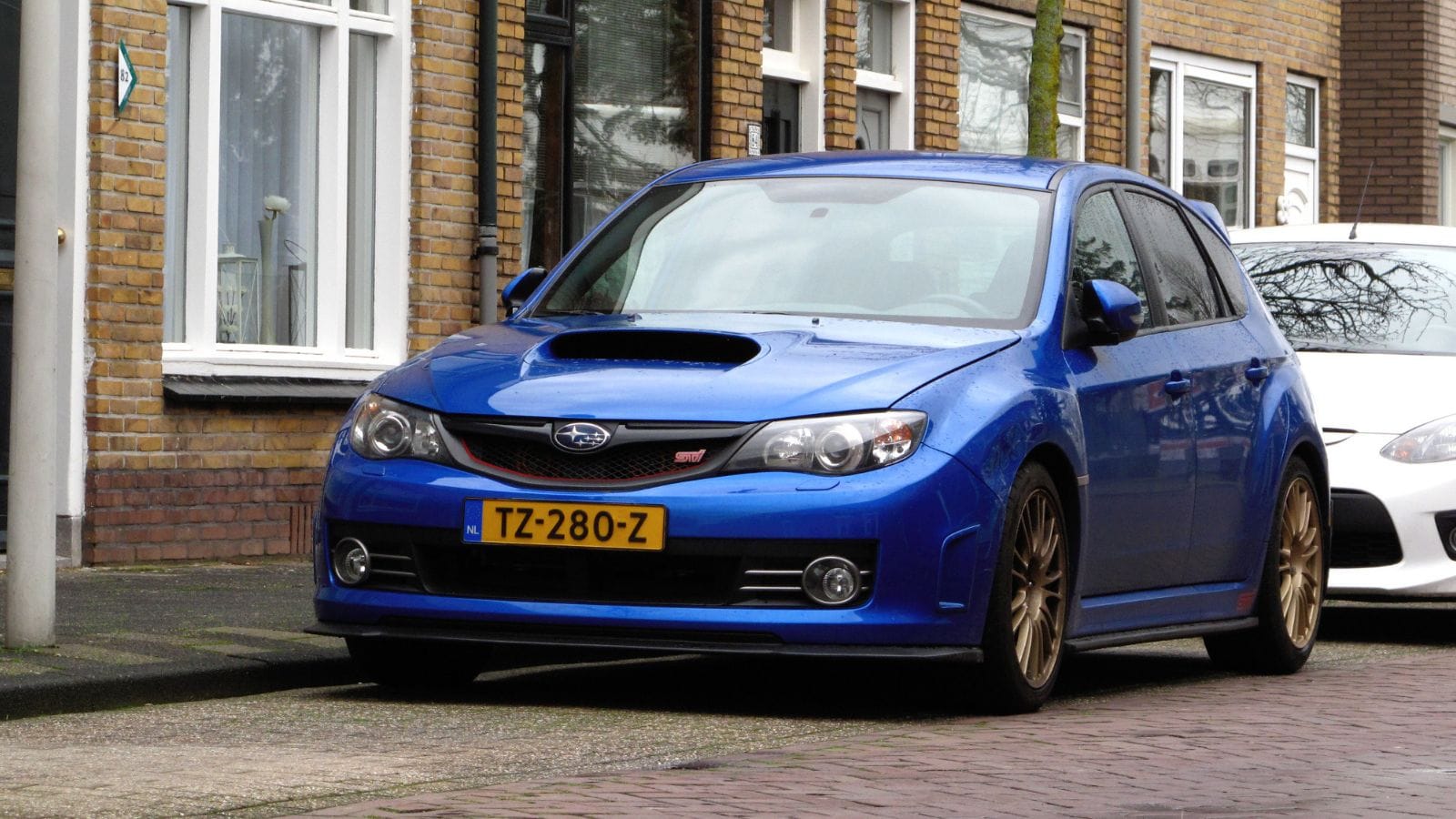
The naturally aspirated EJ25 engine is prone to external head gasket leaks that worsen in cold climates due to constant thermal expansion and contraction. Canadian Imprezas, often used for winter driving, can see these leaks appear far earlier than expected. Repairing them is labour-intensive and expensive, making this a serious drawback for budget-minded buyers.
Nissan Altima (2013–2016)

While generally reliable in some trims, Altimas with the 2.5L engine can suffer from oil consumption and noisy timing chains. These problems are often linked to CVT transmission issues, which can cause extra engine stress. Long Canadian highway drives can bring these problems to the surface faster than city driving would.
GMC Acadia (2007–2012)
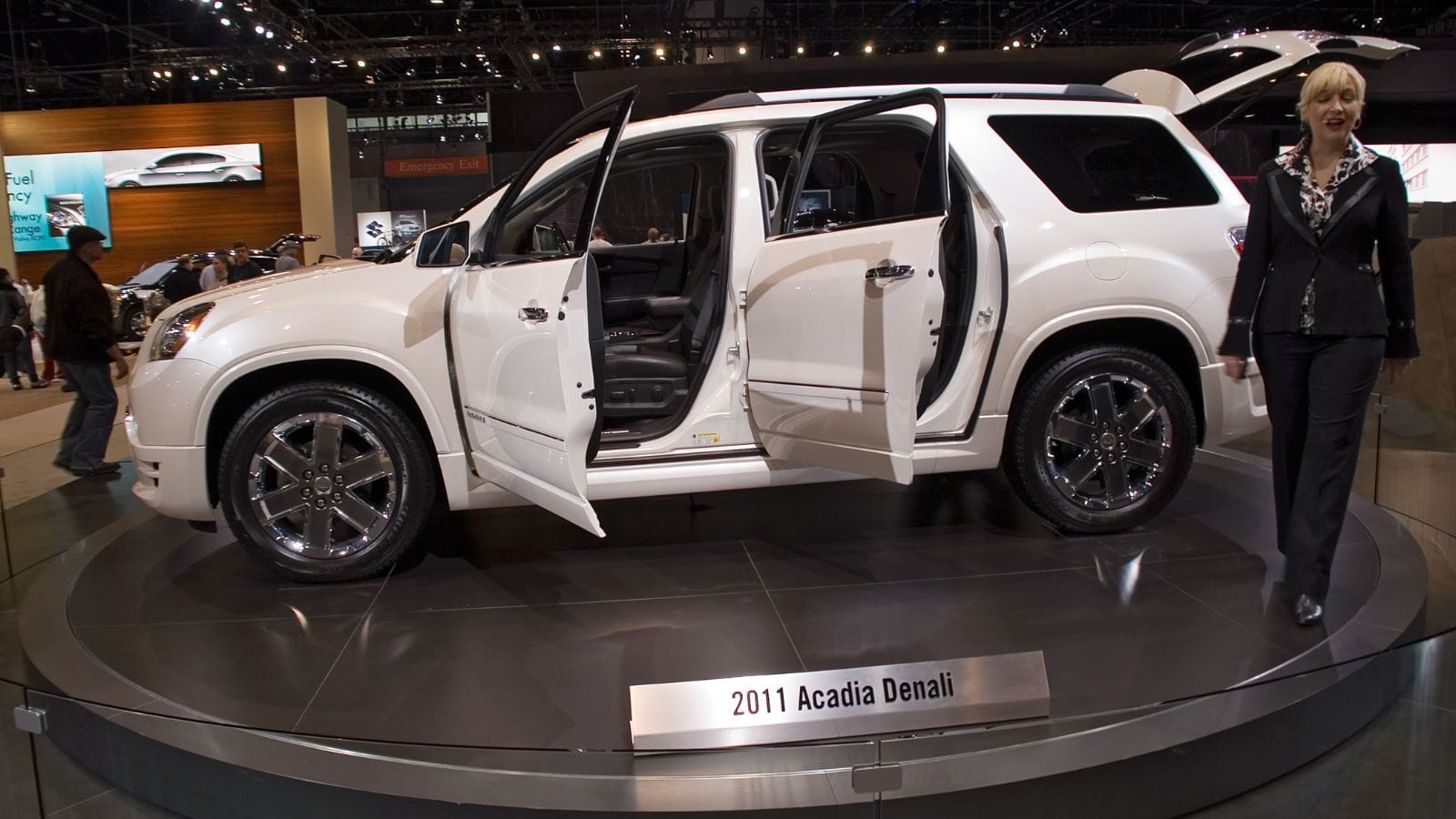
The 3.6L High Feature V6 in early Acadias is notorious for timing chain stretch, which can cause catastrophic failure if ignored. Repair costs are extremely high in Canada due to labour time and parts pricing. Given how many of these vehicles have been used for family road trips and towing, engine wear is often advanced in used examples.
Volkswagen Passat (2006–2010)
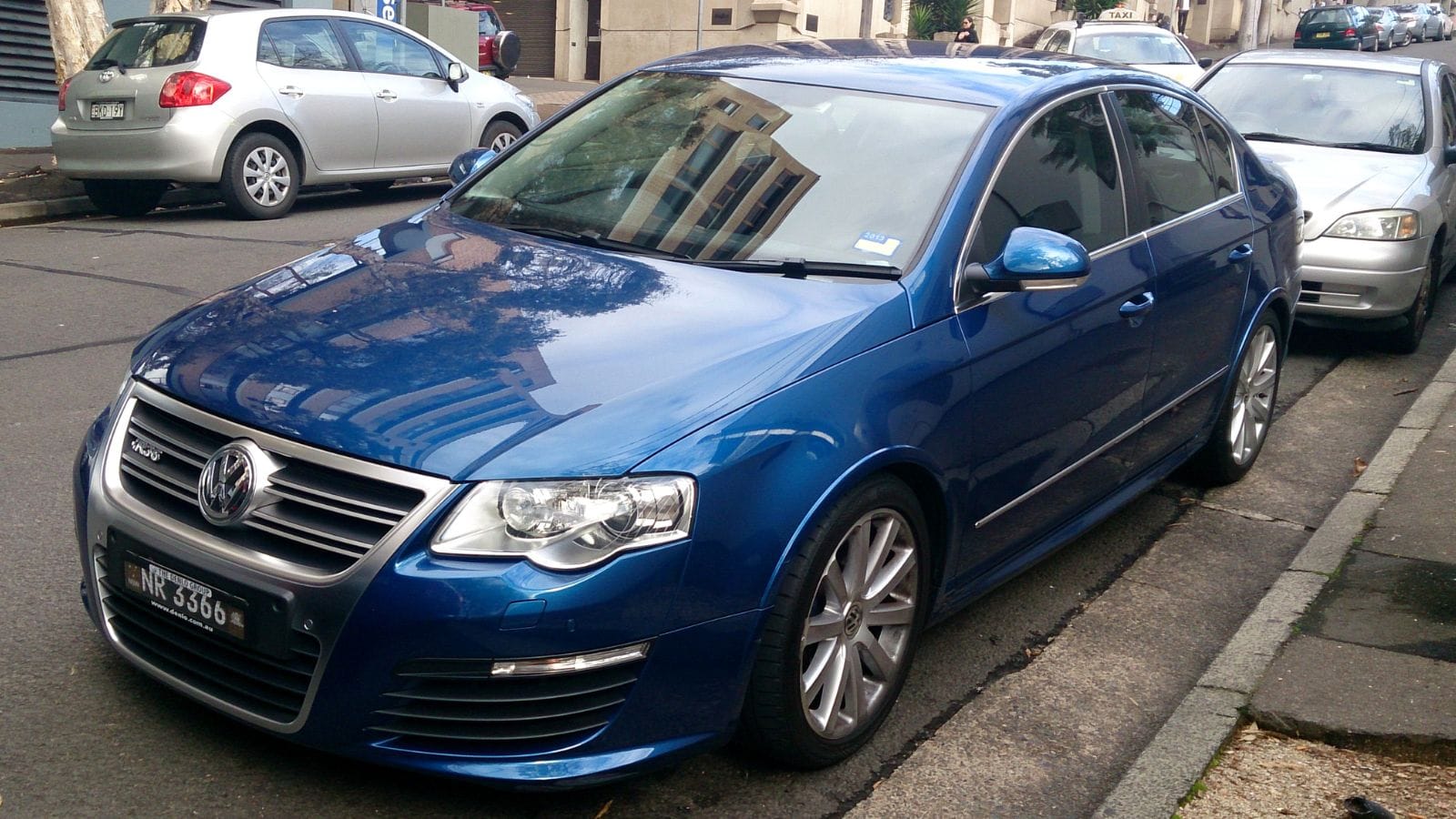
The 2.0T FSI engine suffers from fuel pump cam follower wear and carbon buildup on the intake valves. Canadian driving patterns, particularly short winter trips, accelerate this buildup. Once the follower wears through, the repair can be extremely costly, making these cars risky buys without thorough service records.
BMW X5 (2007–2013)
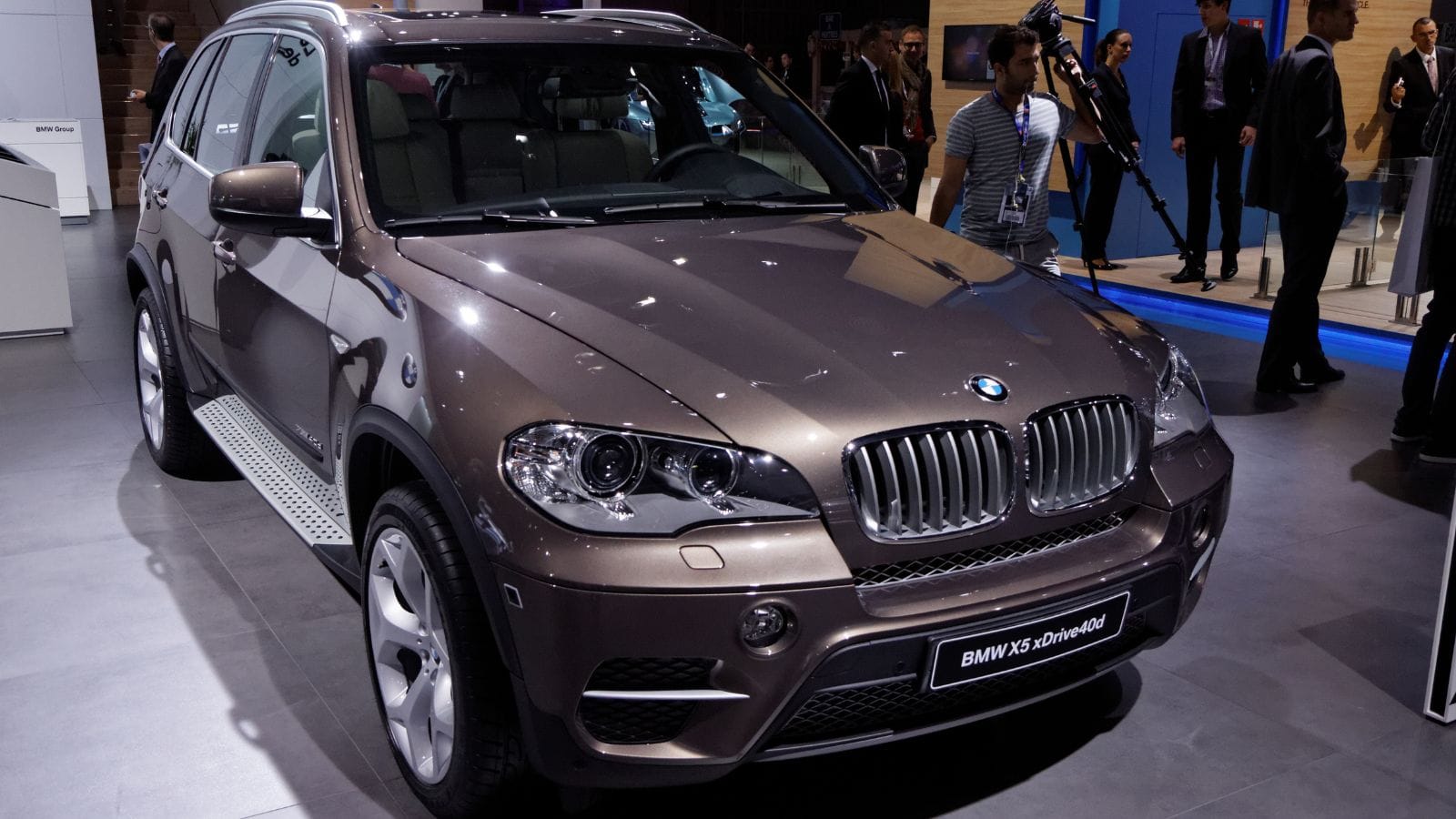
The 4.8L V8 in these X5s has a bad habit of eating valve stem seals, leading to oil smoke and expensive rebuilds. Canadian buyers face an even tougher challenge as BMW repair costs north of the border are notoriously high. Even well-maintained examples can need thousands of dollars in engine work with little warning.
Cadillac SRX (2010–2014)
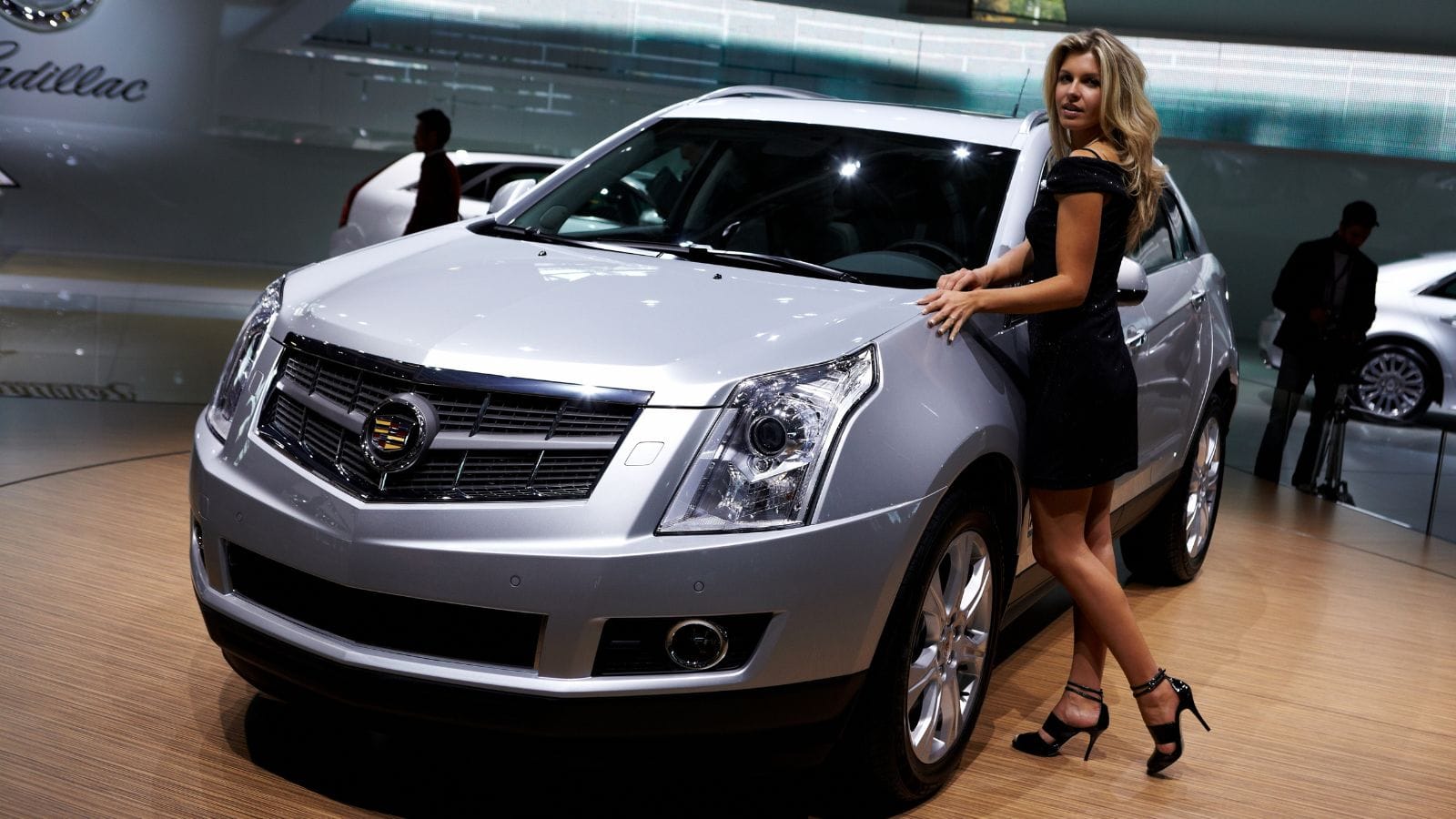
The 3.0L V6 in the SRX feels underpowered for the vehicle’s size and is prone to timing chain problems. Canadian market examples often have higher mileage due to long-distance travel, meaning these chains may already be near failure. The result is a luxury SUV with a hefty repair bill.
Mini Cooper S (2007–2010)

This generation’s turbocharged 1.6L engine is a headache for many owners, with timing chain tensioners that wear out early and expensive carbon cleaning intervals. Canadian winters only make these problems worse, and repair shops familiar with Minis can be few and far between outside major cities.
Dodge Caliber (2007–2012)

With either the 2.0L or 2.4L engine, the Caliber suffers from noisy operation, poor fuel efficiency, and internal wear problems. Many used examples in Canada have been poorly maintained, and given the low resale value, investing in repairs rarely makes financial sense.
25 Facts About Car Loans That Most Drivers Don’t Realize

Car loans are one of the most common ways people fund car purchases. Like any other kind of loan, car loans can have certain features that can be regarded as an advantage or a disadvantage to the borrower. Understanding all essential facts about car loans and how they work to ensure that you get the best deal for your financial situation is essential. Here are 25 shocking facts about car loans that most drivers don’t realize:
25 Facts About Car Loans That Most Drivers Don’t Realize
